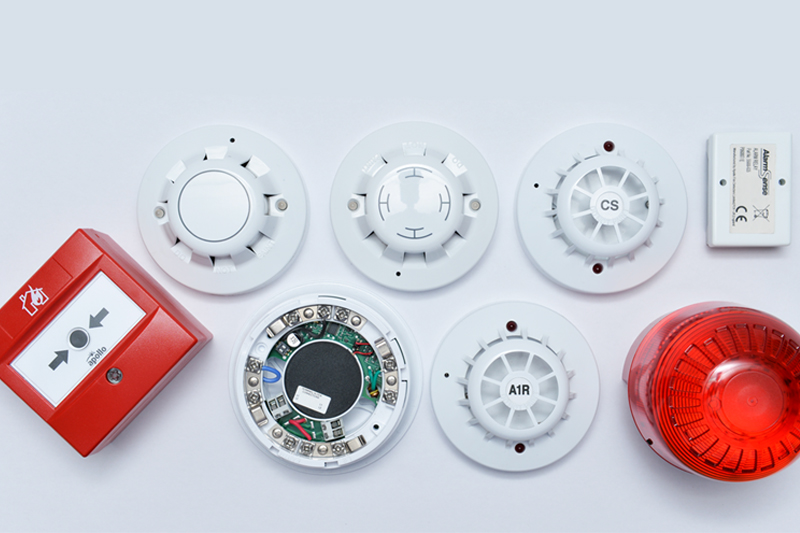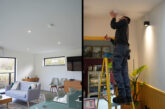
What can a two-wire system offer you that a conventional might not be able to? The team at Apollo Fire Detectors sheds some light.
Two-wire detection systems are specially designed to allow detection and alarm devices to be connected to the same pair of supply wires. This time-saving feature, alongside the ability to prioritise switch sounders, makes two-wire systems an incredibly flexible system for small and medium applications.
Q. How can a two-wire system benefit installers?
A two-wire design means less time spent pulling cables in comparison to a standard conventional system. Detectors, sounders, and manual call points are all fitted to the same circuit. Less wiring = less time installing = cost savings.
Q. What is Priority Switching (LAM) and how does it work?
Priority Switching, also known as Localised Alarm Management (LAM), was designed to reduce the amount of full-site evacuations. Occupants are given two minutes to clear the smoke or ventilate the room. This way if they burn some toast, the entire building doesn’t go into alarm and prompt a full evacuation. General and local alarm settings help customise the system and adapt it to specific room types, preventing high numbers of false activations.
Two-wire sounder and sounder visual indicator bases may be switched between Priority and Non-priority by means of a DIL Switch to provide either a general (full alarm) or local alarm. This feature is best showcased in a small block of apartments/flats, a small hotel, or in an HMO environment (House in Multiple Occupancy). This tends to be a property rented out by at least three people who are not from the same family but share facilities like the bathroom and kitchen.
The sounders can be set to General (Priority) or Local (Non-priority). Detectors set to general will activate all alarms and prompt a full evacuation. This is because the communal areas are often unoccupied at certain times, and therefore if a fire occurs it is more than likely a real fire.
Stairways, hallways and communal living areas are all examples of General alarm applications, while apartments/flats, bedrooms and kitchens are good examples of the use of Local alarms.
With the flexibility to change the alarm criteria, a two-wire system can be used in a wider set of applications. Where a conventional system may be more appropriate for smaller, less complex applications, a two-wire system fits in that comfortable medium between conventional and addressable – added benefits without the added cost and complexity of a fully-fledged addressable system.
Q. Is a two-wire system a cost-effective solution?
Not only are the potential applications wider but the cost of installation is cheaper due to the sounders and manual call points being fitted on the same two-wire zone, reducing cabling by up to 50%.
On a conventional system, the installer would have to run cabling for the detectors, the manual call points and the alarm devices separately, taking time and money. Having the ability to fit most of the devices on the same zone also reduces time on-site, and with two-wire systems, installation costs can be reduced by up to 25%
Q. Do I need additional devices to make it work?
Two-wire systems are straightforward and provide everything you need to fit a system, including detectors, sounders, bases, and manual call points. Apollo’s AlarmSense two-wire range was designed to combine the cost-effectiveness of conventional systems with added functionality to widen the number of applications.
Whether you’re in need of a fire system for a small hotel, low rise apartment block or larger HMO, AlarmSense can meet all your requirements.
Get more details on the Apollo AlarmSense range here









